Summary
The undesirable appearance of ecchymotic lesions in meat necessitate additional trimming and handling of carcasses that result in a reduction in labour efficiency, loss of product and market opportunities. Despite this, the incidence, severity and economic penalties associated with the presence of ecchymosis in the Australian lamb and sheepmeat industry is poorly quantified or understood. The significant difference in the prevalence of ecchymosis between lines of lambs within the current study support the hypothesis that non-processor related factors may be contributing to ecchymosis. This is further supported by significant relationships between ecchymosis and rainfall at farm of origin, time in lairage, hot carcass weight and fat depth, as well as age in the current study. These interactions suggest that stress, on-farm management and nutrition may be contributing to the prevalence of ecchymosis observed in the current study, and should be further investigated.


